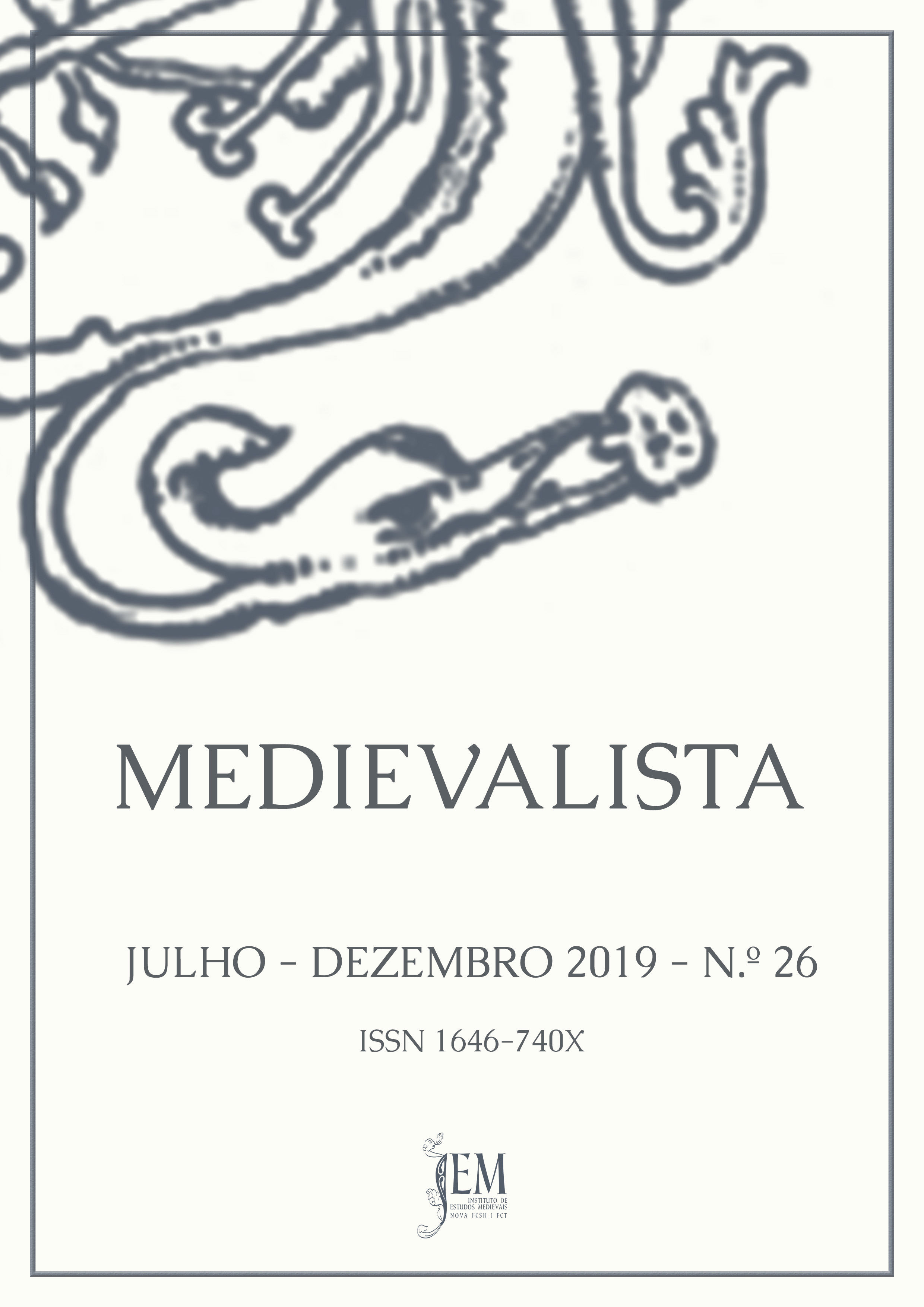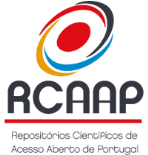Romanesque polychrome wood sculptures in Italy: towards a Corpus and a comparative analysis of the data from art-historical and technical studies
DOI :
https://doi.org/10.4000/medievalista.2281Mots-clés :
Museum of Palazzo Venezia in Rome, Madonna di Acuto, Romanesque Italian wood sculpture, Digital database, Interdisciplinary researchRésumé
The most important and rich collection of wooden sculptures in Italy is conserved at the National Museum of Palazzo Venezia in Rome. Some years ago, the study of this collection was carried out by the University of Urbino in collaboration with the Institute for Conservation and Valorization in Florence (ICVBC-CNR) thanks to funding by the Getty Foundation. This was an extraordinary opportunity for interdisciplinary research, between art history and technical-material scientific analysis, concerning the almost two hundred works preserved there, of different dating and provenance. Among them is the so-called Madonna di Acuto, one of the most fascinating wooden sculptures of the Romanesque period in Italy, remarkable for its stylistic quality and state of preservation. And it is precisely the interest aroused by this Madonna at the origin of a new research project, just started by the same team, dedicated to the polychrome sculpture of the Romanesque era in Italy; a subject that is still little frequented by scholars. The aim is to collect data concerning the historical-artistic and technical-material aspects, with particular attention to polychromy, and to create a digital database, to verify if, between the 11th and the third quarter of the 13th century, existed a “typical behaviors" by the masters of lumber operating in a specific geographical area. This will help to establish the relationship, which was certainly created, between the nature of pigments, iconography, and symbolism of colors.
Bibliography
ACCONCI, Alessandra – “La Madonna della Civita di Arpino. Intervento di manutenzione conservativa del gruppo ligneo policromo nella collegiata di Santa Maria Assunta ad Arpino, Frosinone”. Kermes 27 (2014), pp. 41-60.
ARBACE, Lucia – Antiche Madonne d’Abruzzo. Dipinti e sculture lignee medioevali dal Castello dell’Aquila. Torino: Allemandi, 2010, pp. 40-42.
BACCI, Mauro – “UV-VIS-NIR, FT-IR, FORS Spectroscopies, in Modern Analytical Methods”. in CILIBERTO, Enrico, SPOTO, Gilberto (ed.) – Art and Archaeology. Chemical Analysis: A Series of Monographs on Analytical Chemistry and Its Applications. New York: John Wiley & Sons, 2000, pp. 321-361.
BACCI, Mauro; BOSELLI, Lara; PICOLLO, Marcello; RADICATI, Bruno – “Ultraviolet, Visible, Near Infrared Fiber Optic Reflectance Spectroscopy (FORS)”. in PINNA, Daniela, GALEOTTI, Monica, MAZZEO, Rocco (ed.) – Scientific Examination for the Investigation of Paintings. A Handbook for Conservator-restorers. Firenze: Centro Di, 2009, pp. 197-203.
BAGNOLI, Alessandro; BARTALINI, Roberto – “Madonna col Bambino”. in BAGNOLI, Alessandro; BARTALINI, Roberto (ed.) – Scultura dipinta. Maestri di legname e pittori a Siena 1250-1450. Firenze: Centro Di, 1987, pp. 16-17.
BERTONI CREN, Nadia; CREN, Stéphane – “Note dal restauro del crocefisso di San Salvatore”. in PREZZOLINI, Carlo (ed.) – Il crocifisso di Abbadia San Salvatore. Montepulciano: Thesan & Turan, 2010, pp. 33-41.
BRACCI, Susanna – “Cross section microanalysis using UV/VIS microscopy”. in DE JONGH, Ingeborg et al. (ed.) – Authentication in Art – A handbook of Scientific Techniques for the Examination of Works of Art. The Hague: Authentication in Art Foundation, 2018, pp. 76-77.
CARLI, Enzo – La scultura lignea italiana. Milano: Electa, 1960.
CEGLIA, Andrea et al. – “Cobalt absorption bands for the differentiation of historical Na and Ca/K rich glass”. Surface and Interface Analysis 44 (2012) 2, pp. 219–226.
CHINELLATO, Laura – Arte longobarda in Friuli. L’ara di Ratchis a Cividale: la ricerca e la riscoperta delle policromie. Udine: Forum, 2016.
CORBEIL, Marie-Claudie – “Application of X-ray diffraction in conservation science and archeometry”. Advances in X-ray analyses 47 (2004), pp. 18-29.
CURZI, Gaetano – “La diffusione delle Sedes Sapientiae. Questioni cronologiche tra Toscana, Umbria, Lazio e Abruzzo nei secoli XII e XIII”. Studi Medievali e Moderni 15 (2011), pp. 19-43.
DE CHIRICO, Fabio – La Madonna dei poveri di Seminara: il culto, la storia, il restauro. Soveria Mannelli: Rubbettino, 2011.
DERRICK, Michelle R; STULIK, Dusan; LANDRY, James M. (ed.) – “Infrared Spectroscopy in Conservation Science”. Scientific Tools for Conservation. Los Angeles: The Getty Conservation Institute, 1999.
FACHECHI, Grazia Maria – Museo Nazionale del Palazzo di Venezia. Sculture in legno. Roma: Gangemi, 2011.
FACHECHI, Grazia Maria – “Di legno e d’oro, d’azzurrite e di cinabro: la romanica Madonna di Acuto e il suo statuto di oggetto di transizione”. in CAPPELLETTI, Francesca et al. (ed.) – Le due Muse. Scritti d’arte, collezionismo e letteratura in onore di Ranieri Varese. Ancona: Il lavoro editoriale, 2012, pp. 216-227
FACHECHI, Grazia Maria – “George Washington Wurts, Henriette Tower, una collezione di curiosità e opere d’arte e una villa magnificent, the handsomest ever bestowed on Rome”. in PERINI FOLESANI, Giovanna; AMBROSINI MASSARI, Anna Maria (ed.) – Riflessi del collezionismo tra bilanci critici e nuovi contributi. Reflections on/of Art Collecting, between Critical assessments and New Contribution. Atti del Convegno (Urbino 2013). Firenze: Olschki, 2014, pp. 321-329.
FACHECHI, Grazia Maria – “I Wurts e Roma: arte, mondanità e potere”. in PELLEGRINI, Emanuele – Voglia d’Italia: il collezionismo internazionale nella Roma del Vittoriano. Napoli: Arte’m, 2017, pp. 110-121.
FAZIO, Giuseppe – La Madonna di Tindari e le Vergini nere medievali. Roma: L’Erma di Bretschneider, 2012, pp. 40-55.
FORNACELLI Cristina et al. – “The role of different network modifying cations on the speciation of the Co2+ complex in silicates and implication in the investigation of historical glasses”. Spectrochimica Acta Part A: Molecular and Biomolecular Spectroscopy 188 (2018), pp. 507–515.
LUDOVISI, Alessia – “Madonne lignee laziali del Duecento. Il caso della Vergine di Subiaco”. in FIDANZA, Giovan Battista (ed.) – L’arte del legno in Italia. Esperienze ed indagini a confronto. Perugia: Quattroemme, 2006, pp. 159-168.
MACCHIONI, Nicola; FACHECHI, Grazia Maria; LAZZERI, Simona; SOZZI, Lorena – “Timber species and provenances of wooden sculpture. Information from the collections of the national Museum of Palazzo di Venezia”. Journal Cultural Heritage 16 (2015), pp. 57-64.
PELLEGRINI, Emanuele – Voglia d’Italia: il collezionismo internazionale nella Roma del Vittoriano. Napoli: Arte’m, 2017.
PINNA, Daniela – “Casi di policromia nella scultura medievale in Emilia”. in ANDREUCCETTI, Paola Antonella, LAZZARESCHI CERVELLI, Iacopo (ed.) – Il colore nel Medioevo. Arte simbolo tecnica. Pietra e colore: conoscenza, conservazione e restauro della policromia. Lucca: Istituto storico lucchese, 2009, pp. 103-109.
PINNA, Daniela; GALEOTTI, Monica; MAZZEO, Rocco – Scientific Examination for the Investigation of Paintings: A Handbook for Conservators Restorers. Firenze: Centro Di, 2010.
PINNA, Daniela – “Scanning Electron Microscopy (SEM) coupled with energy dispersive X-ray Spectroscopy (EDS or EDX)”. in DE JONGH, Ingeborg et al. (ed.) – Authentication in Art – A handbook of Scientific Techniques for the Examination of Works of Art. The Hague: Authentication in Art Foundation, 2018, pp. 52-53.
SALVADORI, Eugenia – La Madonna di Costantinopoli in Alatri. Alatri: Tofani, 2016.
SCHREINER, Manfred; MELCHER, Michael; UHLIR, Katharina – “Scanning electron microscopy and energy dispersive analysis: application in the field of cultural heritage”. Analytical and Bioanalytical Chemistry 387 (2007) 3, pp. 737-747.
SECCARONI, Claudio; MOIOLI, Pietro – Fluorescenza X, Prontuario per l’analisi XRF portatile applicata a superfici policrome. Firenze: Nardini, 2004.
SHUGAR, Aaron N; MASS, Jennifer L. (ed.) – Handheld XRF for Art and Archeology, Studies in Archeological Science 3. Leuven: Leuven University Press, 2012.
SPERANZA, Laura – “La scultura lignea policroma. Ricerche e modelli operativi di restauro”. Le antologie di OPD restauro 3 (2007), pp. 253-264.
TOESCA, Ilaria – “Madonna con Bambino”. in Attività della Soprintendenza alle Gallerie del Lazio. Roma: Soprintendenza Gallerie Lazio, 1967, p. 11.
TOMEI, Natale – “La Madonna lignea è tornata a Vico nel Lazio”. Terra nostra 34 (1995), pp. 9-11.
TONINI, Francesca – La scultura lignea – Tecniche e restauro. Manuale per allievi restauratori. Padova: Il Prato, 2015.
VAN DER WERF, Inez; LAVIANO, Rocco; SABBATINI, Luigia – “Indagini archeometriche sulle Madonne lignee dal volto bruno nei santuari della Puglia e della Basilicata”. in GROPPO, Lalla; GIRARDI, Oliviero – Nigra sum. Culti, santuari e immagini delle Madonne Nera d’Europa. Atti del convegno internazionale (Santuario e Sacro Monte di Oropa, Santuario e Sacro Monte di Crea 2010). Ponzano Monferrato: Atlas, 2012, pp. 49-54.
VASTANO, Agnese; CUZZOLIN, Silva – “La Madonna col Bambino del Museo Diocesano di Recanati”. in IACOBINI, Antonio; FACHECHI, Grazia Maria (ed.) – Legni marchigiani. Urbino: Quattroventi 2001, pp. 21-38.
VENTUROLI, Paolo; CASCIARO, Raffaele (ed.) – Scultura lignea in Basilicata. Torino: Allemandi, 2004, pp. 130-131.




















